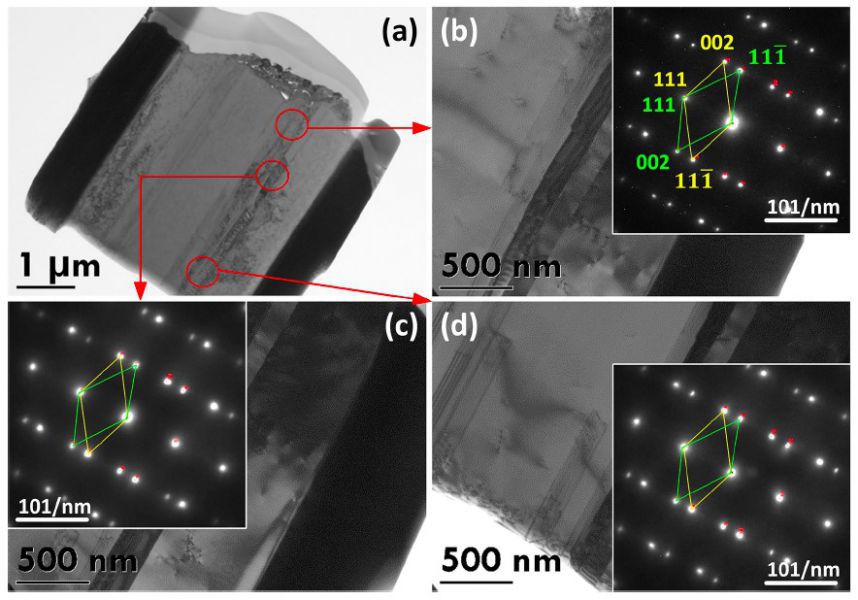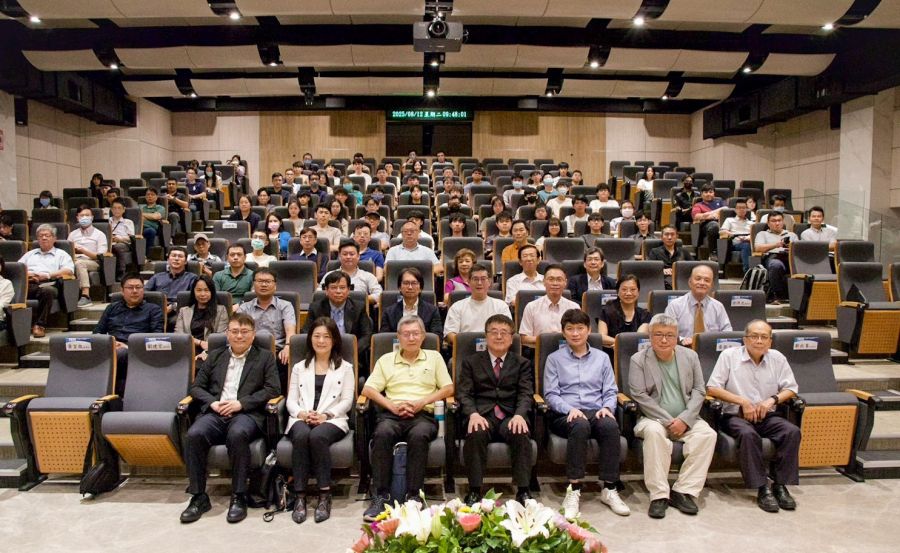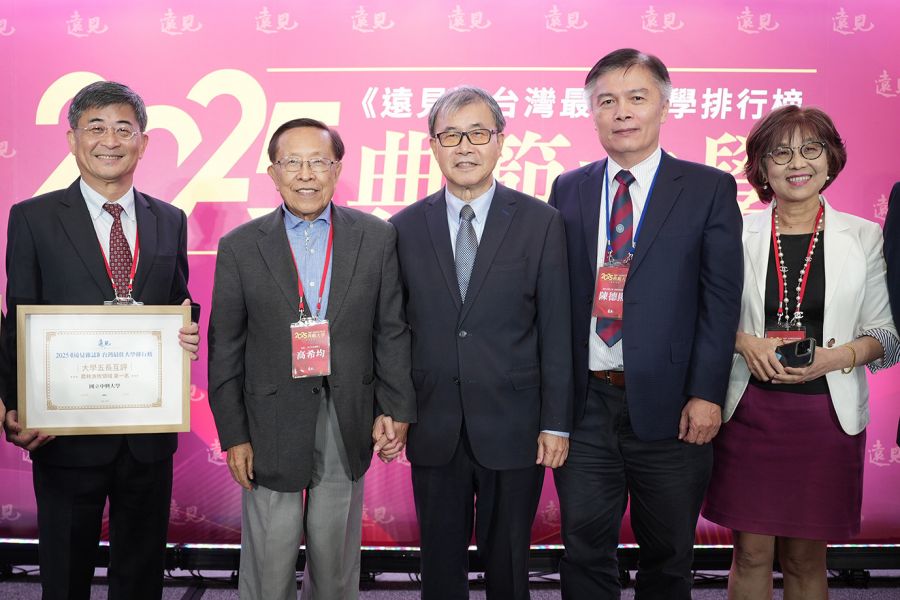| 論文篇名 | 英文:Suppression of Void Formation at Sn/Cu joint Due to Twin Formation in Cu Electrodeposit 中文:電沉積雙晶銅對錫/銅接點孔洞之抑制 |
| 期刊名稱 | JOM |
| 發表年份,卷數,起迄頁數 | 2019, Vol. 71, pp. 3012-3022 |
| 作者 | Shan-Ting Tsai, Ping-Chen Chiang, Chang Liu, Shien-Ping Feng, and Chih-Ming Chen |
| DOI | 10.1007/s11837-019-03576-8 |
| 中文摘要 | 有機添加劑的使用對於電鍍銅有非常重要的影響,然而,添加劑在電鍍同時會被包覆在電鍍銅層中,導致嚴重的可靠度問題,例如銲料與銅界面生成孔洞。在本研究中,使用各種添加劑配方電鍍了三種不同的Cu基材。有機添加劑的使用導致在電鍍銅層中摻入較高含量的雜質,並且影響銅原子沉積而改變晶粒的微觀結構。透過添加特定的添加劑配方,生長出具有高雙晶密度的柱狀結構。藉由Sn/Cu銲料接點的熱退火實驗可以得知,因為特殊奈米雙晶結構的高穩定性成功抑制孔洞的生成。 |
| 英文摘要 | The use of organic additives is crucial for Cu electrodeposition. However, specific impure species originating from the additives are incorporated in the Cu electroplated layer, causing serious reliability problems such as void formation at the solder/Cu joints. In this study, three Cu substrates were electroplated using various additive formulas. The use of organic additives results in an incorporation of a higher level of impurity in the Cu-electroplated layers and also affects the atomic deposition behavior of Cu which alters the grain microstructures. By using a specific additive formula, the grain growth of Cu evolves into a slender structure with a high density of twins. Thermal aging experiments of the Sn/Cu joints show that the void formation is successfully suppressed at the joint using a slender-grained Cu substrate, and that the suppression effect is attributed to the high microstructural stability of the twinning structure. |
Suppression of Void Formation at Sn/Cu joint Due to Twin Formation in Cu Electrodeposit 2019-06-07

設施農業:節能栽培與滅菌【化工系陳志銘特聘教授】






